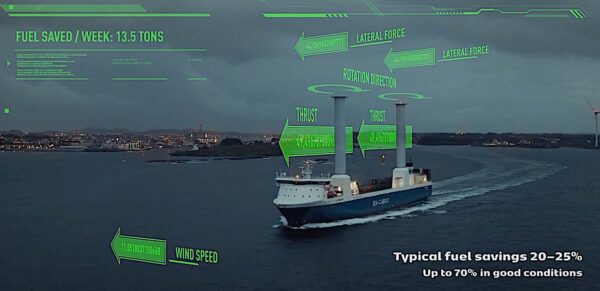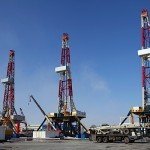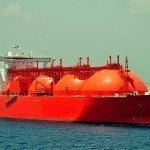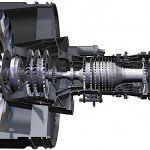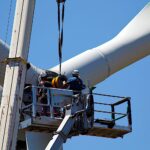Canada’s economy grew by 1.8 per cent in 2012, a significantly lower rate of growth than the 2.6 per cent seen in the previous year, Statistics Canada reports. Across the country the picture was widely different, with some areas surpassing the national average and others falling below, resulting in a spread of nearly ten percentage points from top performer to bottom. The Territory of Nunavut had the fastest growth, at 4.3 per cent, while Newfoundland and Labrador’s GDP declined 4.8 per cent.
Nunavut’s 4.3 per cent rise in GDP, which came after a 4.8 per cent increase the previous year, was mainly the result of increased activity in mining and oil and gas extraction, which advanced 25 per cent and contributed to increased output of wholesale trade. Construction output declined 19 per cent, however, with all construction groups falling except for electric power engineering.
The decline in Newfoundland and Labrador was largely due to a decline in oil and gas extraction and in metal ore mining.
Ontario managed only an increase of 1.4 per cent in 2012, following a 1.8 per cent increase in 2011. Services-producing industries, led by banking, transportation, health care and professional, scientific and technical services advanced 1.5 per cent. Manufacturing grew 2.4 per cent, based on a “significant” increase in motor vehicle and parts manufacturing. Machinery, fabricated metal product manufacturing and pharmaceuticals also grew.
Construction output in Ontario increased 0.7 per cent. In construction, higher residential building was offset by declines in engineering and non-residential construction.
Alberta’s economy had strong growth in several sectors, though overall its 3.9 per cent GDP advance was down from the previous year’s growth of 5.3 per cent.
Output of the oil and gas extraction industry increased 6.1 per cent. However, support services to the oil and gas extraction industry fell 17%.
Manufacturing increased 5.3 per cent, with gains in fabricated metal products, machinery, wood products and computer and electronic products. Wholesale trade and transportation services advanced in tandem with goods output.
Construction output rose 7.7 per cent, with significant increases in oil and gas and electric power engineering construction. Strong demand for housing contributed to a 14 per cent advance in residential construction.



















